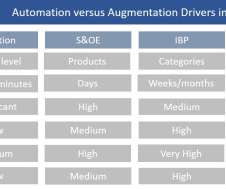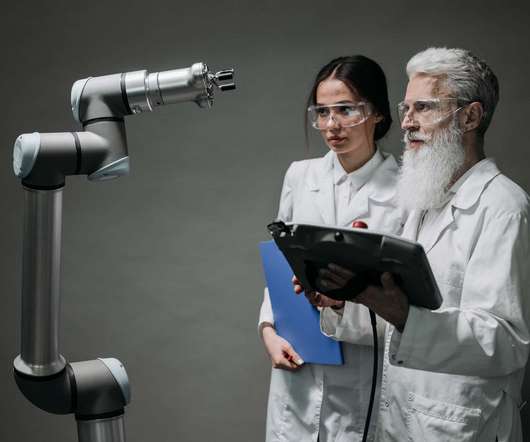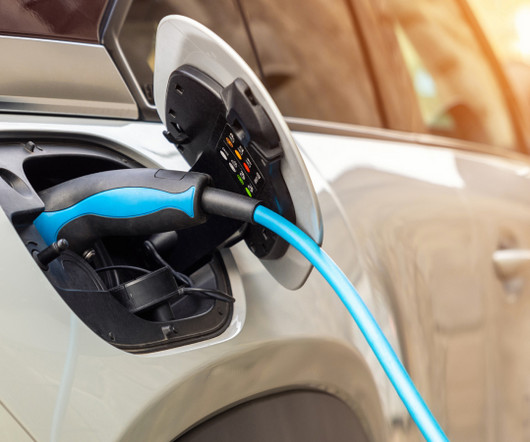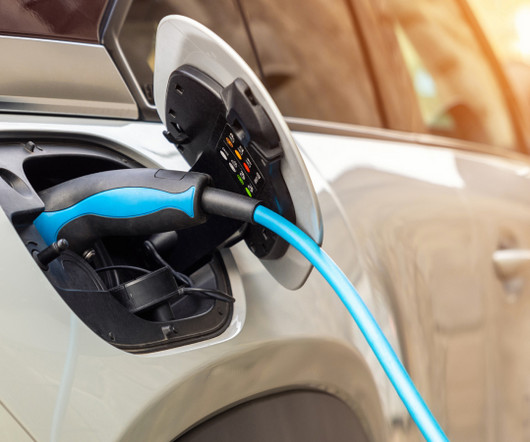Technology Support in Integrated Business Planning: Automation, Augmentation and Human Centricity
Supply Chain Trend
AUGUST 13, 2020
Preview In his 2019 Foresight article, Niels van Hove examined eight technological hurdles that must be overcome to enable autonomous or ‘lights out’ supply-chain planning. He reasoned that to support such planning we need to implement a third wave of integrated supply-chain planning software. Key Points.

















Let's personalize your content